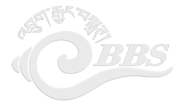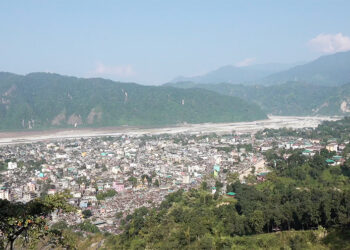 Producing Buddhist art pieces using Thigchen, technique of using major proportion lines has been in existence for quite some time. Although most of the artists, especially painters in the country know its theory, the technique is not as popularly practiced. Artist Tshewang Tenzin’s solo exhibition in Thimphu offers a glimpse into the foundation of this sacred Bhutanese art. The exhibition titled “Thigchen: Major Proportion of Buddhist Iconography” is an exploration of Buddhist art.
Producing Buddhist art pieces using Thigchen, technique of using major proportion lines has been in existence for quite some time. Although most of the artists, especially painters in the country know its theory, the technique is not as popularly practiced. Artist Tshewang Tenzin’s solo exhibition in Thimphu offers a glimpse into the foundation of this sacred Bhutanese art. The exhibition titled “Thigchen: Major Proportion of Buddhist Iconography” is an exploration of Buddhist art.
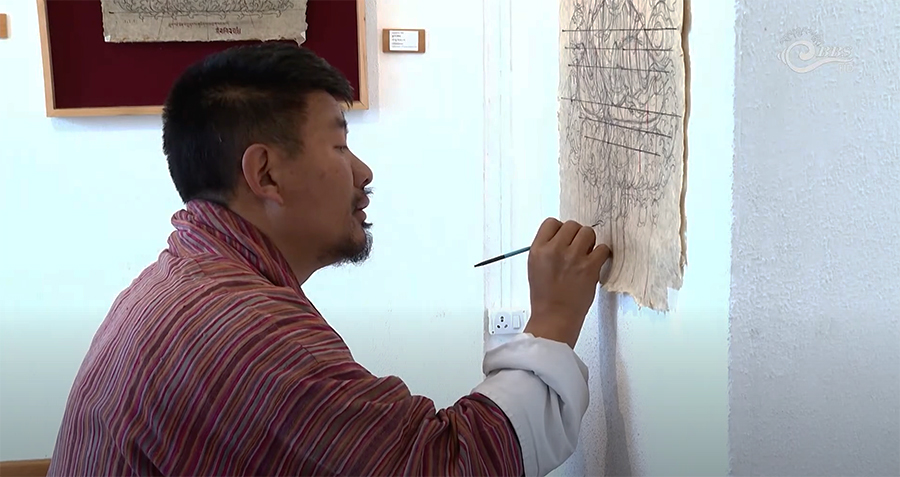 Each piece of art features meticulously hand-drawn line art. Tshewang Tenzin has been a teacher, a mentor and a master of Bhutanese art for two decades.
Each piece of art features meticulously hand-drawn line art. Tshewang Tenzin has been a teacher, a mentor and a master of Bhutanese art for two decades.
Through his arts, viewers gain an insight into the Bhutanese artistic tradition, where the drawing is an act of devotion.
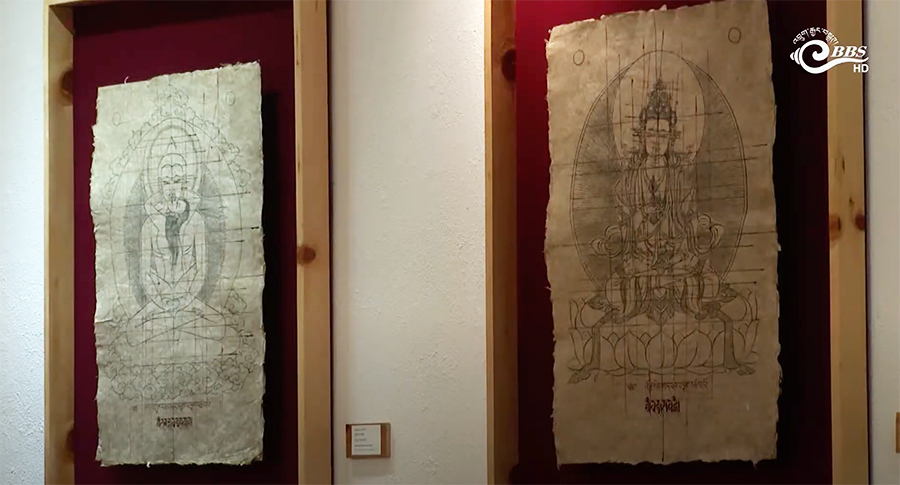 Thigchen refers to the eight types of blueprints of Buddhist art widely used in drawing Buddhist art pieces.
Thigchen refers to the eight types of blueprints of Buddhist art widely used in drawing Buddhist art pieces.
“It is deeply relevant to Buddhism because we can clearly illustrate the various forms of gods and goddesses through remo or drawing, which are often described verbally in our religion. In the past, Lams and Drupthobs used Tsha shos for writing and drawing. Later, Thigchen was incorporated into remo. So, this is not something new, the practice has existed for a long time.”
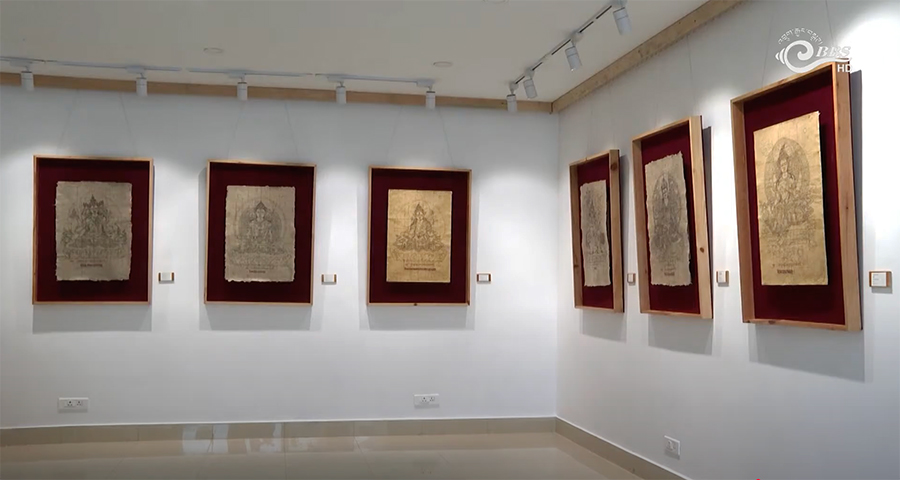 The month-long exhibition started mid of last month.
The month-long exhibition started mid of last month.
So far, he has sold seven of his artworks to tourists through the exhibition.
Their prices range between Nu 70,000 and 85,000.
For him, this is not just an exhibition but the culmination of a life devoted to service through art.
“After resigning from my job, I wanted to focus on my own work and, at the same time, collaborate with organisations such as VAST Bhutan and other individuals to improve the state of traditional arts.”
For over 20 years, Tshewang Tenzin has been known for guiding countless students in their artistic journeys in Zorig Chusum.
Kelzang Chhophyel
Edited by Tshering Zam
